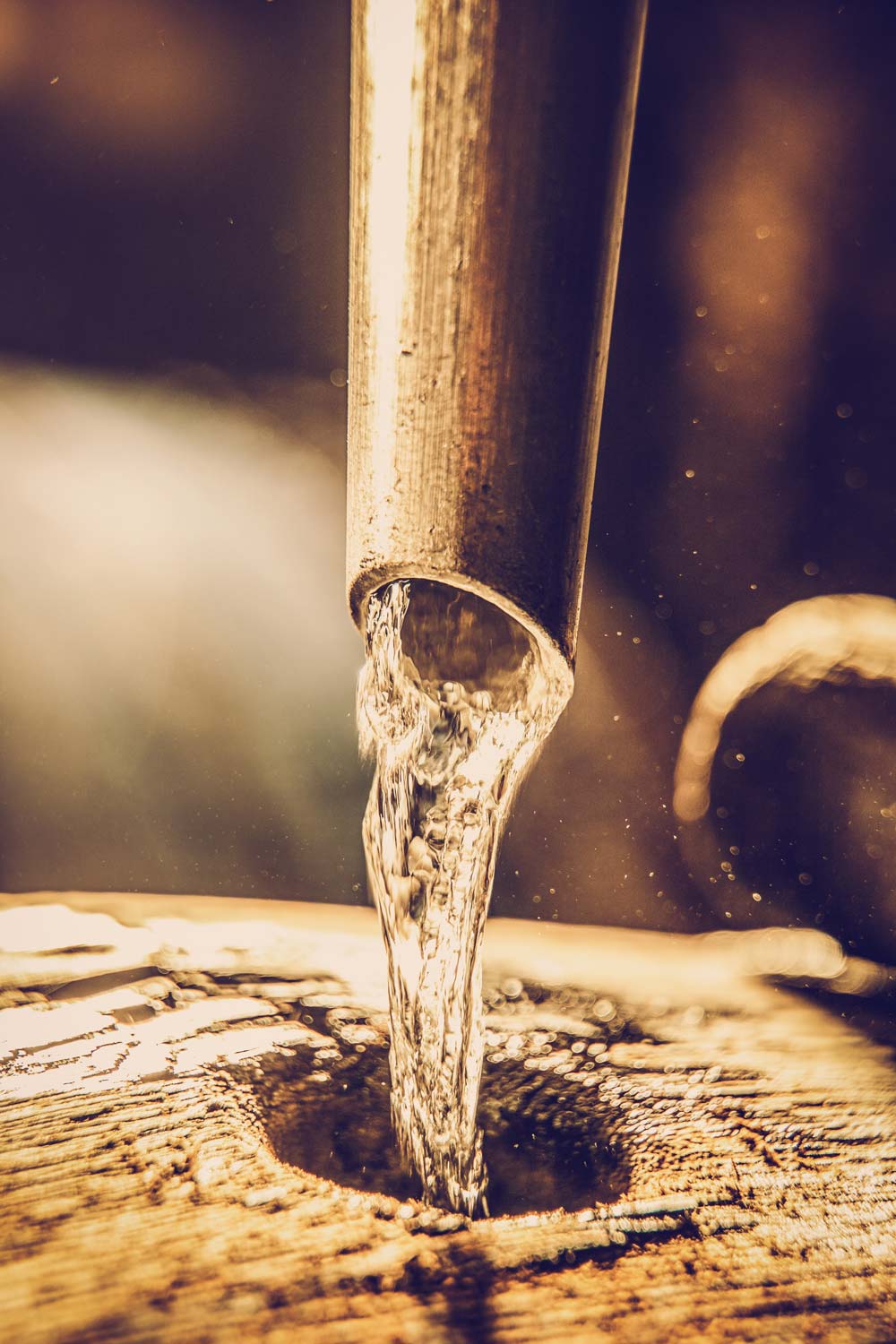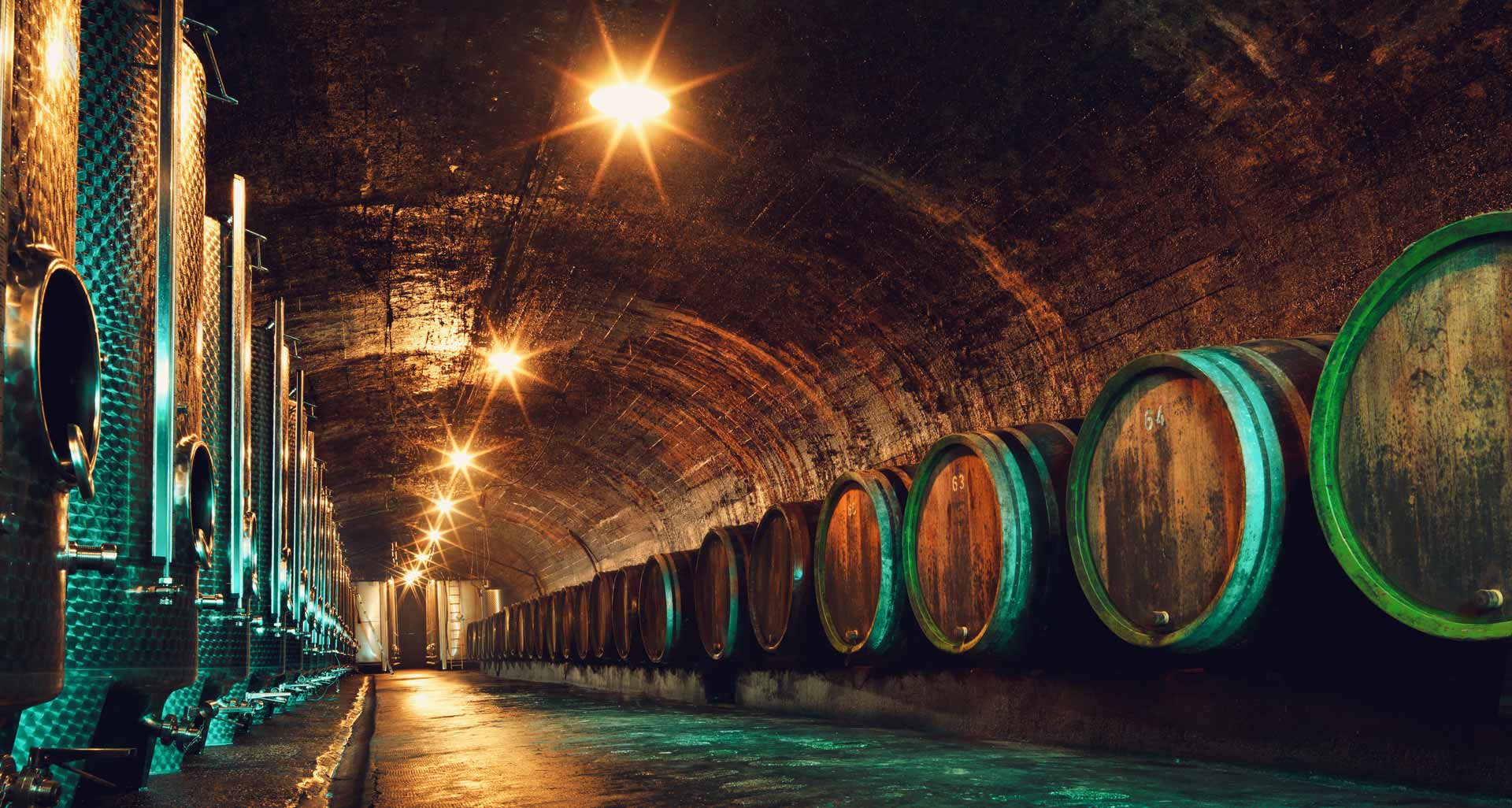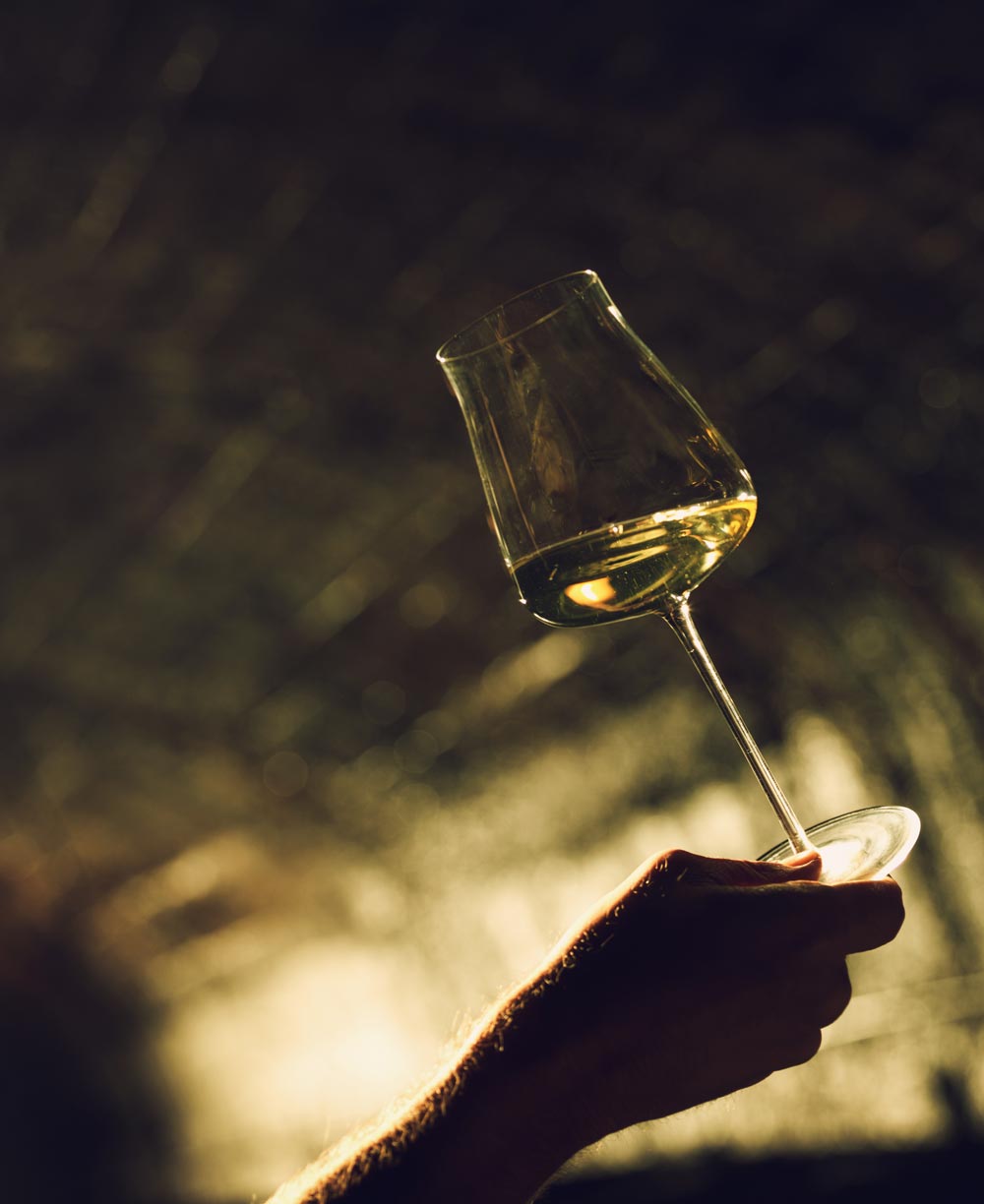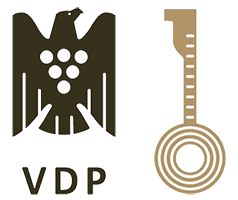A HOME LIKE NO OTHER
Weingut Maximin Grünhaus lies at the foot of a steep southern-facing cliff that extends along the left bank of the Ruwer River, roughly 2 km away from its junction with the Mosel. The vineyards of the Maximin Grünhaus estate are contiguous and enclosed. These three monopole sites (ABTSBERG, HERRENBERG and BRUDERBERG) produce grand wines that beautifully express their singular origins. A 'monopole' is a vineyard site owned and cultivated by a single estate. Although such sites are extremely rare, Maximin Grünhaus is fortunate enough to hold claim to three of them.
EMBRACING NATURE
In the vineyard, the estate is mindful to work hand in hand with nature. This includes a program of wild herbs and grasses planted as cover crops and intensive canopy management to ensure the optimal health and ripeness of our grapes.
A Year of Precise Rhythms
Our estate's cellar was built to make the grapes’ journey from vineyard to press as short as possible — usually little more than a few minutes. Following pressing and filtration, the musts are brought to their ideal fermentation temperature and readied for wild yeast fermentation in traditional oak fuder and small stainless steel tanks. In Riesling, this process encourages the herbal minerality for which the Ruwer is renowned.
Each Year's Finest
We send only each vintage's finest barrels for auction — no more, no less. While we typically blend multiple casks within a single quality classification, such as ABTSBERG Kabinett, we make an exception for barrels we feel best encapsulate a wine's ideal. They are instead left unblended and reserved for auction under their specific cask numbers.



SERENDIPITOUS SYMBIOSIS
At Maximin Grünhaus, the musts are traditionally allowed to undergo spontaneous fermentation. Yet the term ‘spontaneous’ can be a bit misleading. 'Working with natural yeasts' is perhaps closer to the mark. We trust the yeasts that occur naturally in the Maximin Grünhaus cellar and vineyards. And as such, we understand ‘terroir’ reflects more than just origin, winemaking and winemaker. It also inherently incorporates the fermentation process, where the individual typicity of the wine is forged. Maximin Grünhaus Rieslings owe much of their greatness to those wild strains of yeast that are among the most distinctive anywhere in the world of wine.
ANYTHING BUT LINEAR
Where possible we ferment our wines in small individual casks, allowing each lot to fully develop its own distinctive features. This diversity is essential for capturing the beauty and complexity of our vineyard sites in the final wines. Whenever harvest volumes allow, portions of the must are set to ferment in traditional 1000 l fuder barrels. All of our premium quality classifications are matured in oak, as the wood of these barrels encourages a controlled and beneficial oxidation, essential for the development of world class wines.
We source wood for new fuder locally from our Grünhäuser forest, where trees can require up to 200 years to achieve full size in the sparse slate soils. This slow growth produces an especially tight grain that exerts only a minimal impact on the wine while still nurturing extended maturation and aging. Such barrels can be used for many decades and are part of what gives our wines their unmistakable character.


THE PERFECT MOMENT
Only once a wine has assumed its own distinctive character is it finally ready for bottling. The timing depends on the vintage and classification level. After an individual period of bottle maturation, the wines are released into the world as ambassadors for our estate's unique terroir — even as other wines are granted a bit longer to rest in the bottle.


